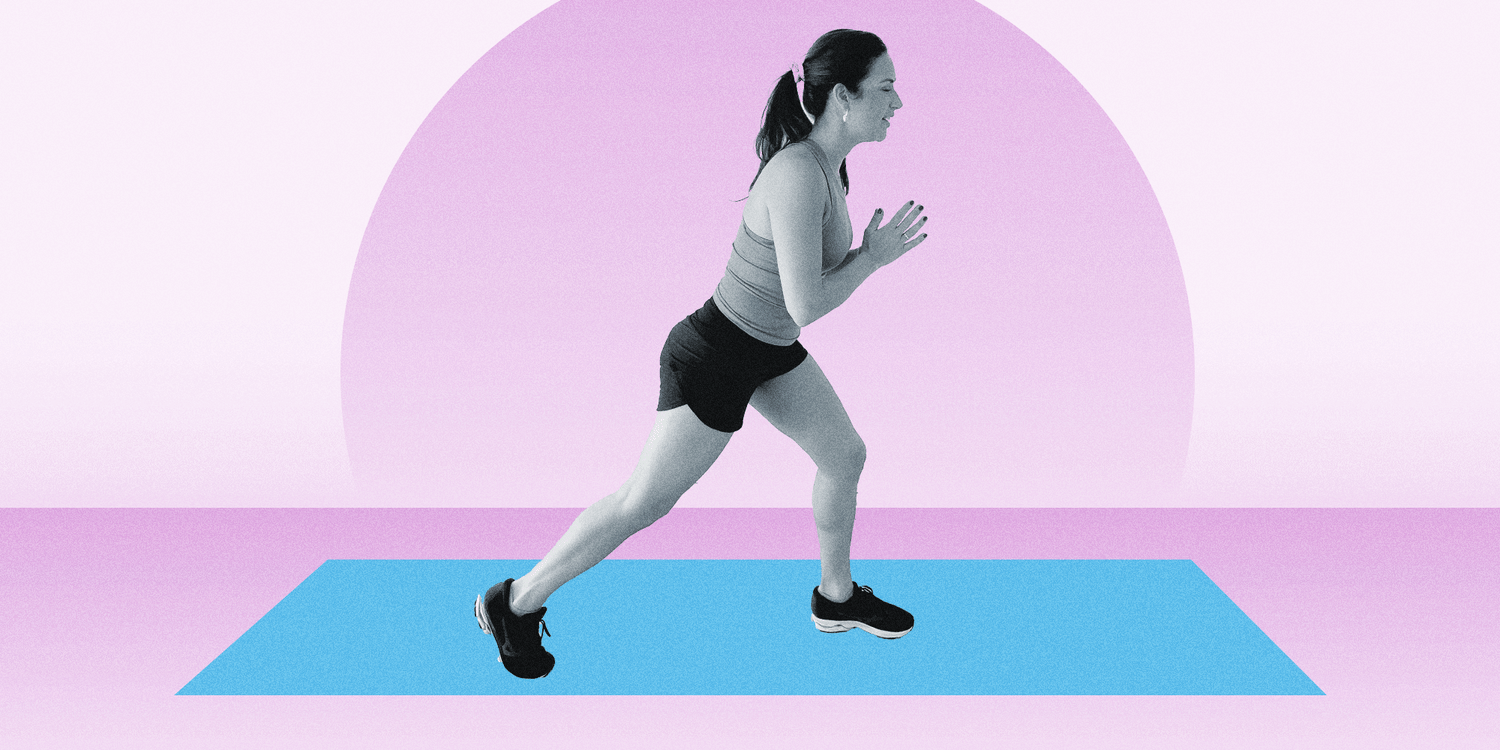To put your leg behind your head, follow these 8 steps for success. We will guide you on how to achieve this challenging yoga position, providing clear instructions and tips to help you progress towards your goal.
Whether you are a beginner or have some experience, these steps will help you improve your flexibility and gradually work towards the leg-behind-head pose. With dedication, practice, and patience, you can expand your range of motion and accomplish this impressive feat of flexibility.
So, let’s dive into the steps and start your journey towards putting your leg behind your head.

Preparation
Before attempting to put your leg behind your head, it’s essential to prepare your body correctly. This will not only help prevent injuries but also improve your flexibility and range of motion. In this section, we will explore some warm-up exercises and stretching routines to get you ready for the challenge!
Warm-up Exercises
Start your preparation with a few simple warm-up exercises. They will gradually increase your heart rate and blood flow, making your muscles more receptive to stretching. Here are a few practical warm-up exercises:
- Jogging in place: This simple exercise gets your cardiovascular system going, warming up your entire body.
- Arm circles: Stand with your feet shoulder-width apart and extend your arms to the sides. Rotate your arms in small circles, gradually increasing the size of the circles.
- Hip rotations: Stand straight with your feet hip-width apart. Place your hands on your hips and rotate them in wide circles, clockwise and counterclockwise.
Stretching Routines
Once you’ve completed your warm-up exercises, it’s time to move on to stretching routines. Stretching helps lengthen your muscles and improves their flexibility, allowing you to achieve more challenging positions. Here are a few stretching routines that will prepare your body for putting your leg behind your head:
- Hamstring stretch: Start by sitting on the floor with one leg extended in front of you and the other leg bent, foot flat on the floor. Reach forward and try to touch your toes on the extended leg, feeling the stretch in your hamstring.
- Quad stretch: Stand straight and bend one knee, bringing your heel towards your glutes. Reach back with your hand and grab your foot, pulling it closer to your glutes while keeping your thighs aligned.
- Butterfly stretch: Sit on the floor and bring the soles of your feet together, allowing your knees to drop to the sides. Hold your feet with your hands and gently press your knees down towards the floor, feeling the stretch in your inner thighs.
Remember to hold each stretch for about 20 to 30 seconds, breathing deeply and relaxing into the stretch. Never force your body into a position that causes pain, and always listen to your body’s limits.
Now that you have adequately stretched and warmed up your body, you’re ready to move on to the steps that will help you put your leg behind your head. Stay tuned for the next section!

Step-by-step Process
Putting your leg behind your head might seem like an impossible feat, but with the right approach and consistent practice, it is achievable. This step-by-step guide will break down the process into eight manageable steps, helping you work towards this impressive flexibility goal. Remember to listen to your body, be patient, and consult with a professional before attempting any advanced stretches or poses.
Step 1: Strengthening Your Core
Building a strong core is crucial for achieving the flexibility required to put your leg behind your head. Intense abdominal, back, and oblique muscles help stabilize the body and provide support for advanced stretches. Include exercises like planks, Russian twists, and leg raises in your workout routine to target your core.
Step 2: Increasing Hip Flexibility
Flexible hips are vital to achieving challenging yoga poses and stretches. Incorporate exercises that target the hip flexors, such as lunges and pigeon poses. Slow, controlled movements will gradually increase your hip range of motion.
Step 3: Stretching Hamstrings And Glutes
Tight hamstrings and glutes can inhibit your ability to bring your leg behind your head. To improve flexibility in these areas, incorporate exercises like seated forward bends, standing hamstring stretches, and supine hamstring stretches into your stretching routine.
Step 4: Opening Up Hip Joints
Open hip joints allow for more freedom of movement and increased flexibility. Add hip-opening exercises like butterfly stretches, frog pose, and fire log pose to your routine. Remember to use proper form and avoid pushing yourself into discomfort or pain.
Step 5: Practicing Hip Openers
Dedicate specific practice sessions to hip-opening poses such as lizard pose, half pigeon pose, and happy baby pose. These poses target the hip flexors, external rotators, and adductor muscles, improving the overall flexibility of your hips.
Step 6: Gradually Attempting To Bring The Leg Behind The Head
Once you’ve built up the necessary strength and flexibility, start working on bringing your leg behind your head gradually. Begin by attempting a modified version of the pose, such as threading one arm through your leg and reaching for the foot. Gradually increase the intensity of the stretch as your flexibility improves.
Step 7: Using Props And Modifications
Props and modifications can assist your progress in putting your leg behind your head. Use items like yoga blocks, straps, or folded blankets to provide support and aid in maintaining proper alignment. These tools can also help you gradually deepen the stretch over time.
Step 8: Regular Practice And Patience
Achieving an advanced flexibility goal, like putting your leg behind your head, requires consistent practice and patience. Make it a part of your routine and dedicate time each day to work on the stretches and poses outlined in the previous steps. Over time, your body will adapt and become more flexible, bringing you closer to your goal.
Remember, progress may vary from person to person, and it’s essential to respect your body’s limits. Celebrate even the most minor improvements and enjoy the journey towards this impressive feat.

Frequently Asked Questions On How To Put Your Leg Behind Your Head: 8 Steps To Get You There
How Do I Put My Leg Behind My Head?
To put your leg behind your head, you need to gradually increase your flexibility through consistent stretching exercises focusing on your hips, hamstrings, and lower back. Start with basic stretches like the seated forward bend and work your way up to more advanced poses like the king pigeon pose.
Remember to warm up before stretching and listen to your body to avoid injury.
How Do You Put Your Legs Above Your Head?
To put your legs above your head, lie on your back and extend your legs straight up towards the ceiling. Keep your abs engaged and gradually lift your hips off the ground while supporting your lower back with your hands.
Maintain balance and control as you position your legs above your head.
What Position Is Legs Behind Head?
Legs behind the head is a yoga pose called Padmasana or Lotus Pose. It involves crossing the legs and placing the feet on the opposite thighs, with the back straight and hands resting on the knees. It requires flexibility and is commonly practiced for meditation and relaxation.
How Do You Pose Your Feet Behind Your Head?
Pose your feet behind your head, and practice flexibility exercises and stretches to increase your range of motion. Gradually work towards lifting your legs over your head, using props or assistance if needed. Seek guidance from a professional to ensure safety and avoid injury.
Conclusion
By
So, go ahead, embrace the journey, and let your body surprise you with its remarkable capabilities.


